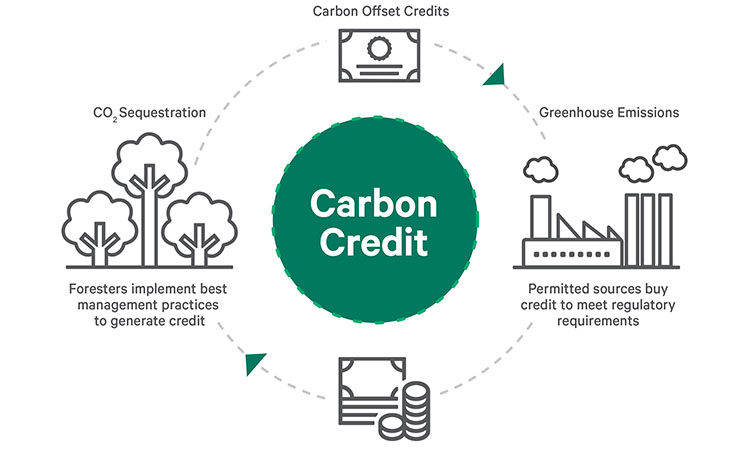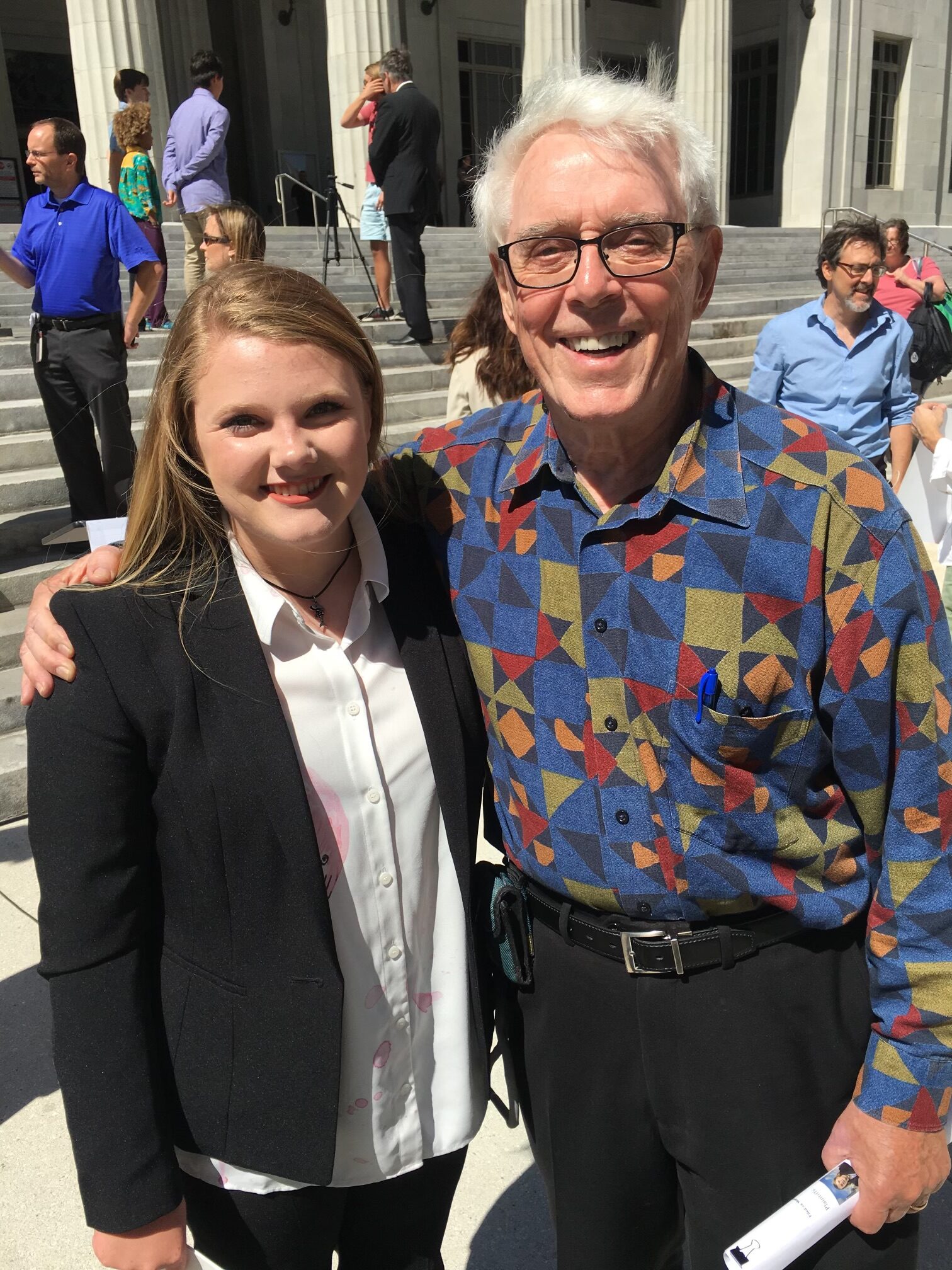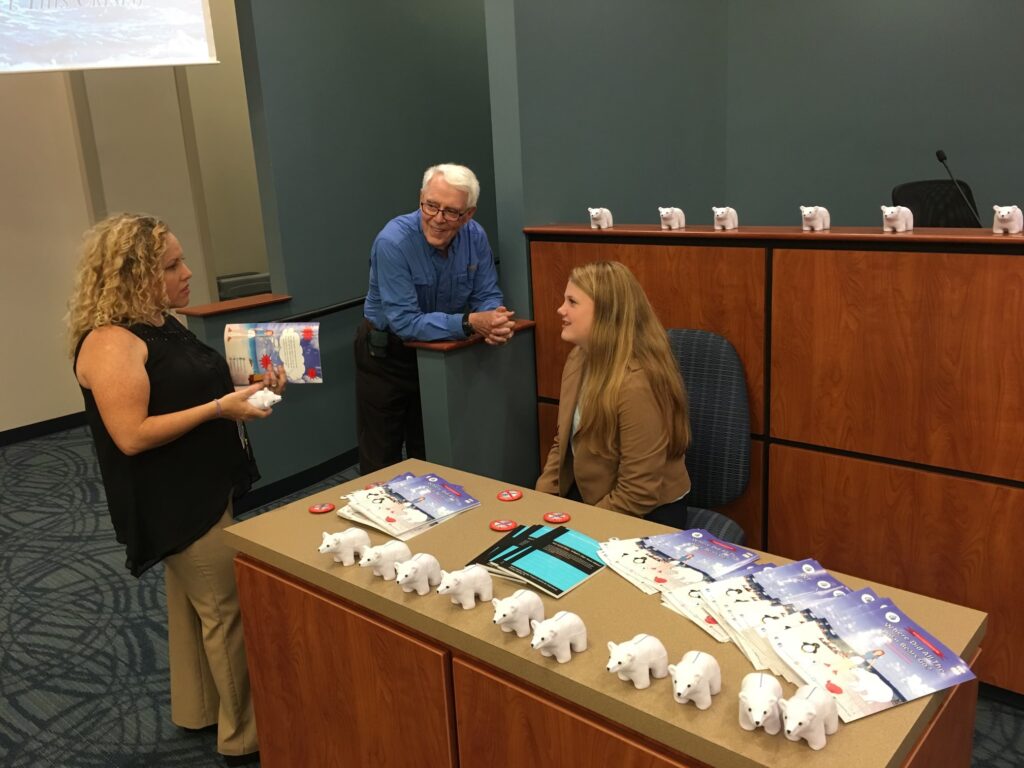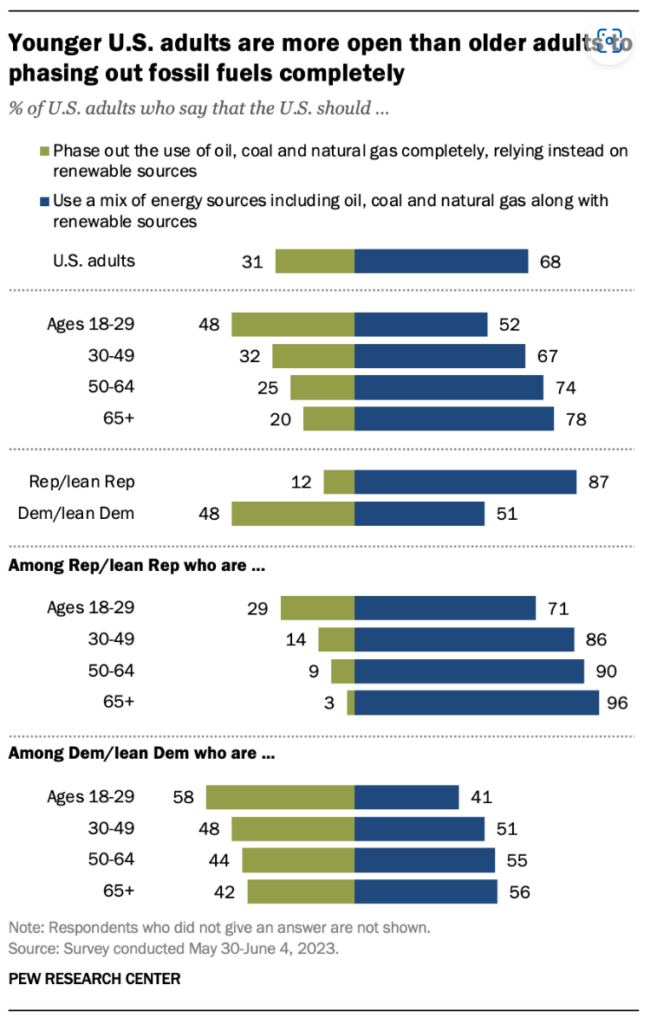Why I’m Off to Dubai & the United Nation’s COP28 Negotiations

I am pleased to share with you that in just a few hours I am off to the airport to spend the next two weeks at the 28th meeting of the world’s nations organized by the United Nations as its Framework Convention on Climate Change, something called the Conference of the Parties (since this is the 28th, it’s referred to as “COP28” for short), that this year is being held in Dubai, United Arab Emirates. COP28 is historic in that it will be the first such meeting to be located within an Arabian country and follows last year’s equally historic session, which I also attended, that was held in Egypt and that marked the first time these meetings were held in an African nation (you can read about my COP27 trip in 2022 by visiting posts here, here, and here).
The first COP meeting took place in 1995 and followed 1992’s creation of the United Nations Framework Convention on Climate Change (UNFCCC). This year marks the 28th meeting since COP was created and will have an estimated 70,000 delegates representing 197 nations in attendance. Although all of the parties signed the 1992 framework document that called on the nations of the world to “protect the climate system for the benefit of present and future generations of humankind,” that framework did not actually include the details or steps on how they would meet their goals. Ever since the framework was created, the COP negotiations have been designed to implement the actual steps, milestones, and monitoring devices needed to meet its goals.
As I have shared in the past, I’ve been honored to work with the United Nations on several occasions over the last nine years, including having addressed the entire General Assembly in New York in 2017, but being able to participate in a conference of the world’s nations negotiating a global climate treaty designed to address the most important issue my generation will ever face (our climate crisis) in person is an amazing, humbling opportunity. As with my trip to Egypt last year, I am headed to Dubai with a contingent of professionals from the School of Law I attend here at the University of Miami and would like to thank my professors Dr. Jessica Owley and Dr. Daniel Suman, as well as President Frenk and the entire University of Miami family, for making our climate crisis a priority for our university, community, and the world beyond.
I am especially grateful this year to share that I have been awarded an Environmental Law Fellowship by the School of Law and have also been appointed as the Head of Delegations for the University of Miami for the conference. In addition to my work and research obligations for the School of Law I will also be giving a speech on Climate Activism at one of the Pavilion’s during the second week of the Conference and on December 1st will be taking over the various social media accounts for Our Children’s Trust, the youth focused environmental non-profit law firm I’ve long worked with, live from Dubai. It’s going to be a busy two weeks and I will do my best to keep you informed while also working on the solutions that we so desperately need to solve our climate crisis.
Every “COP” session led by the United Nations is an important opportunity for the nations of the world to debate and try to decide how mankind collectively wants to address our climate crisis but this year’s session and location is especially critical and perhaps controversial. If we are to truly ever solve our climate crisis then it is essential that society must transition global energy use away from fossil fuels such as oil and coal and to sustainable energy such as wind, solar, and hydrogen power. A core question to consider is whether mankind, the nations of the world, and the global oil industry can or will transition to sustainability before it’s too late? With this in mind, a few of the issues that will define COP28 and will be major focuses of my own time here include the following:
1. Are the World’s Oil Producers Honestly Interested (or Able) in Transitioning Away From Fossil Fuels?
The United States currently leads all nations in daily oil production at about 12,900,000 barrels of oil per day followed by Russia at 9,480,000 barrels and Saudi Arabia, one of the 13 members of the Organization of the Petroleum Exporting Countries known as “OPEC,” at 9,060,000 barrels. The United Arab Emirates (UAE) is also one of the 13 members of OPEC and is, today, the seventh largest producer of oil per day at about 3,250,000 barrels but has announced plans to significantly increase its oil production by 2030, to an estimated 5,000,000 barrels per day and to continue producing oil until its reserves are exhausted in about 2050. Since becoming independent in 1971 from the United Kingdom, the UAE – a federation of the seven emirates of Abu Dhabi, Ajman, Al Fujairah, Dubai, Ras al Khaymah, Sharjah, and Umm al Qaywayn – has been largely dependent on its oil and natural gas resources to support its economy.
Collectively the 13 OPEC nations (Algeria, Angola, Republic of the Congo, Equatorial Guinea, Gabon, Iran, Iraq, Kuwait, Libya, Nigeria, Saudi Arabia, UAE, and Venezuela) produce nearly 60% of the world’s oil. That figure along with the UAE being the first OPEC nation to host the world’s climate talks make this year’s event especially fascinating. Is it, for example, logical to think that the largest fossil oil producers of the world have any real interest (or ability) to shift away from that major source of economic revenue and to sustainable energy?
“The oil and gas industry is facing a moment of truth at COP28 in Dubai.
With the world suffering the impacts of a worsening climate crisis, continuing with
business as usual is neither socially nor environmentally responsible.”
Faith Birol, Executive Director
International Energy Agency
In 2023 our planet’s human population surpassed 8 billion people for the first time ever and along the way mankind’s thirst for fossil fuels only ever seems to grow and grow. In fact, according to a new United Nations Environment report focused on the gap in fossil fuel production cuts and what’s needed to meet climate goals, global fossil fuel production by 2030 is likely to be more than twice where we need to be to meet the 2015 Paris Agreement’s climate goals. Twice!
To solve our climate crisis we must bring mankind’s use of fossil fuels to an end as soon as possible. Unfortunately, the countries and companies that produce those fossil fuels and the profits that come with them appear to have a far different plan. The new UN report studies 20 major fossil fuel producers from all over the world, countries that collectively produce 82% of all fossil fuels, and consume 73% of all fossil fuels. The study found that those countries plan to produce 110% more fossil fuels in 2030 than would be consistent with the Paris Agreement’s aspiration goal of a 1.5 degree increase above pre-industrial global temperatures and 69% more than 2% above pre-industrial levels. The report also noted that none of the 20 countries studied have committed to reducing coal, oil, or decrease production in ways to meet the 1.5 degree goal while nearly all of these countries continue to support, promote, and subsidize expanding fossil fuel production. IF we are to ever fix our climate crisis then all of this must change.
2. How Much of a Threat to Our Future is “Greenwashing,” Lobbying, and “PR” Efforts by Oil Companies at COP?
The Global Witness recently published an interesting blog (which you can find here) entitled “Carbon Capture: The Oil Lobby’s Trojan Horse at COP 28″ with the subheading “How Fossil Fuel Lobbyists Are Skewing Climate Talks Towards False Solutions” that shares some alarming insights. The post explains that the fossil fuel producers are using the promise of something called carbon capture (also sometimes called “Direct Air Capture”) and effectively hijacking the young carbon capture industry trade associations, namely the Global Carbon Capture and Storage Institute, to suggest that they have embraced solutions that are actually not likely viable on the scale needed to solve our climate crisis while continuing their polluting business as usual. The article notes that more than 80% of carbon capture projects to-date have failed and that the technology is more often used to harvest more oil than solve clean our climate. Or, as the author states, “ultimately carbon capture is much more likely to safeguard the future of the fossil fuel industry than it is to safeguard humanity.”
While fossil fuel producers are heavily investing in carbon capture and touting these investments in their “PR” and climate presentations as “proof” of how committed they are to decreasing or eliminating carbon pollution, or that that is even possible (again, thus far these technologies can’t and don’t seem to work on anything close to the scale that would be needed), the fact that they so often tout it as a solution to the climate crisis, much less do so under the banner of COP, gives them the appearance of legitimacy while continuing to produce the product causing the pollution. What they are doing by increasingly inserting themselves into climate negotiations, while strategically wise to protect their own businesses and bottom lines, has many concerned that it will slow or stop the actual steps needed to try to fix the problem (mainly, eliminating fossil fuel use).
The post also recalls an article (you can read it here) from the Climate Change News on carbon capture within which oil company Occidental Petroleum CEO Vicki Hollub was quoted as saying that carbon capture would “preserve our industry.” And here is what she touted to her colleagues at an oil industry conference in March 2023:
“Direct air capture is going to be technology that helps to preserve
our industry and gives it a license to continue to operate for the next
60, 70, 80 years that I think it’s going to be very much needed.”
Vicki Hollub, CEO
Occidental Petroleum
Not only is this concept being touted within the oil industry and at climate talks like COP as a viable solution, it’s also being used to recruit young people who might have understandable reservations about working for an oil company. Here’s what Ms. Hollub had to say about how touting this technology helps her company recruit and retain younger workers on the podcast Outrage and Optimism:
“The employees love this, especially our earlier
career employees who now had questions about
whether or not they should be working for an oil company.”
Vicki Hollub, CEO
Occidental Petroleum
While I would also love to think we can vacuum carbon out of our atmosphere at the scale needed to stop the pollution, much less earth’s warming, such scalable technology is neither available nor appears on the horizon in a time frame that will help us address earth’s warming. And yet the oil producers are promoting this technology as if it is “the” solution and that’s also happening at COP negotiations. I expect to see and hear oil producing nations and oil companies here in Dubai amplify their hope for this technology but for a dose of reality would ask everyone to consider the science and scientists. Say, for example, IPCC author and Berkeley Earth scientist Zeke Hausfather who had this to say about carbon capture and what we actually need to do to solve the problem (spoiler alert: dramatic reductions in fossil fuel emissions):
“Carbon dioxide removal is an important part of getting
to net-zero and stopping the world from warming. But it cannot
be used as an alternative to deep emissions reductions.”
Zeke Hasfather
IPCC Author & Climate Scientist
One of the growing related concerns at COP negotiations is the massive increase in oil industry stakeholders, whether companies that produce oil like Exxon, Shell, and BP to name three well known examples, or oil producing countries such as the United States or this year’s host, the UAE, lobbying within this United Nations event to slow or stop a transition away from fossil fuels, much less use their attendance at COP to control the narrative while seeking to avoid the type of fossil fuel reductions we actually need in order to solve the problem.
While many such companies and countries like to promote feel good thoughts about the progress they are making to become “green” the reality is often far different than the public relations. That “PR” and the limited steps such stakeholders are taking is often called “greenwashing” and typically involves providing the public with misleading or false information about the environmental impact that its products, services, or operations are having.
Consider a recent report from the International Energy Agency (IEA) that explains that the fossil fuel industry currently accounts for only about 1% of global investment in clean energy while it continues to produce the polluting products that are warming our planet’s atmosphere. According to the IEA, there have been, for example, 27 direct air capture plants built around the world that capture 10,000 tonnes of CO2 a year (about the equivalent of the emissions from 2,000 petroleum fueled cars).
Let’s all keep that figure, 1%, in mind the next time you see an oil company advertising how much they are doing to produce and promote “clean energy” or when an oil producing nation tells the world at a venue such as COP how “committed” they are to eliminating the very pollution they profit from as earth warms hotter and hotter.

3. Carbon Trading: Are Carbon Credits & Offsets a Legit Way to Reduce Warming or a Bamboozle to Continue Fossil Fuel Production?
One of the fascinating (and troubling) stories related to COP28 will focus on the steps that many nations, oil companies, and others have been taking to purchase truly massive amounts of forested land around the world to then sell rights to that land in the form of carbon credits (I wrote about the controversial use of carbon credits while at last year’s COP27 in Egypt and you can read about here). Needless to say, protecting the world’s forests is critically important. In fact, by some estimate’s deforestation is linked to about 12% of all global warming emissions.
The controversy, however, centers on the fact that oil rich nations and others are purchasing forests only to create tradable carbon credits as if they were game tokens in exchange for not cutting down forests. Those credits are then used to offset the pollution that a given country or company creates from fossil fuels while still producing those very same products.
It has, for example, been recently reported that nearly 20% of the entire African nation of Zimbabwe was sold in such a transaction with the intent of conserving forests that otherwise run the risk of being logged which, in turn, would have led to vast amounts of carbon dioxide to be released into the atmosphere had cutting down those trees been allowed. And Zimbabwe is not alone; similar deals have been announced in recent months in several other African nations including Kenya, Liberia, Tanzania and Zambia.
Such conservation deals, while certainly helpful to protecting the world’s forests, are highly controversial because these businesses then sell carbon credits to companies and governments to, in my view, artificially “offset” the pollution they generate by producing fossil fuels while allowing them to continue to produce and/or burn the same planet-warming fossil fuels. The polluters continue their business-as-usual approach while touting how they have “invested” in reducing their carbon footprint by buying carbon credits. It seems like a bamboozle on a global scale likely never seen before in the history of earth, yet appears an artificial transaction that still leaves much of earth’s environment at dire risk from warming.
4. Transitioning to Clean Energy: The First Ever “Global Stocktake”
For the first time since the Paris Agreement was announced at COP21 in Paris (aka the Paris Agreement) in 2015, this year’s climate conference will take stock on the world’s nations’ “status” towards meeting its goals, what the UN calls a “global stock taking” or “Global Stocktake.” Over the last two years the UN has been collecting data on the world’s status (I do not believe using the word “progress” would be correct at this point) towards its 2015 Paris goals, where we are in reducing polluting emissions, becoming more resilient, and devising solutions to help developing nations pay their costs to address these important issues.
Unfortunately, the initial assessment by the UN is not good. In his comments in recent weeks, UN Secretary-General Antonio Guterres has explained that “we can no longer kick the can down the road” because “we have run out of road” (meaning time). In recently speaking about the Global Stocktake, the Secretary General is asking the world’s nations to quickly:
- Triple renewable energy capacity
- Double energy efficiency
- Deliver clean power to everyone by 2030
- Phase out all fossil fuels, with a clear time frame connected to the 1.5 degree Celsius goal within the 2015 Paris Agreement
- Identify where climate action is deficient and create a plan to get the applicable countries on track.

In its November 20th, 2023 Emissions Gap Report (Emissions Gap Report 2023 | UNEP – UN Environment Programme) entitled “Broken Record” the United Nations makes clear that while global temperatures reached new highs in 2023, records that are likely to soon see 2023 deemed the hottest year in recorded history, that the “world fails to cut emissions” and concludes that mankind is on a course to fail to reach 2015’s Paris Agreement’s aspirational goal of a 1.5 degree Celsius increase in earth’s temperatures as compared to pre-industrial temperatures.
In fact, the new report suggests that an increase of 2.0 degrees is more likely, but that without the nations of the world quickly taking dramatic steps and becoming far more serious about our climate crisis, that we are now on track for an increase in the range of 2.9 degrees above pre-industrial levels. The report notes that predicted 2030 emissions must decrease by between 28% and 42% for society to have a chance to see temperatures only increase between 1.5 degrees and 2 degrees Celsius over pre-industrial levels.
5. How Does the World Help Smaller Nations?
COP28 will also focus, as was the case last year in Egypt, on finance including ways to pay for the transition away from fossil fuels and especially how smaller nations that produce little of the world’s pollution but are subjected to the damage from our warming climate will pay for resilience projects and the shift to sustainability.
COP27 produced an agreement that created something called a “loss and damage fund” (you can read about this topic from my post from Egypt on it last year here) to help the world’s most vulnerable people and nations address climate change and disasters caused by our warming planet. In Dubai how to equitably finance the costs for such programs will again be a major focus of debate for all nations.

It’s an understatement to say that there is much work to be done to solve our global climate crisis but only by working together as citizens of the world will we ever fix the problem. I look forward to attending this year’s historic session in Dubai, to learning and, I hope, in helping play a role in finding the solutions our environment needs before its too late.




